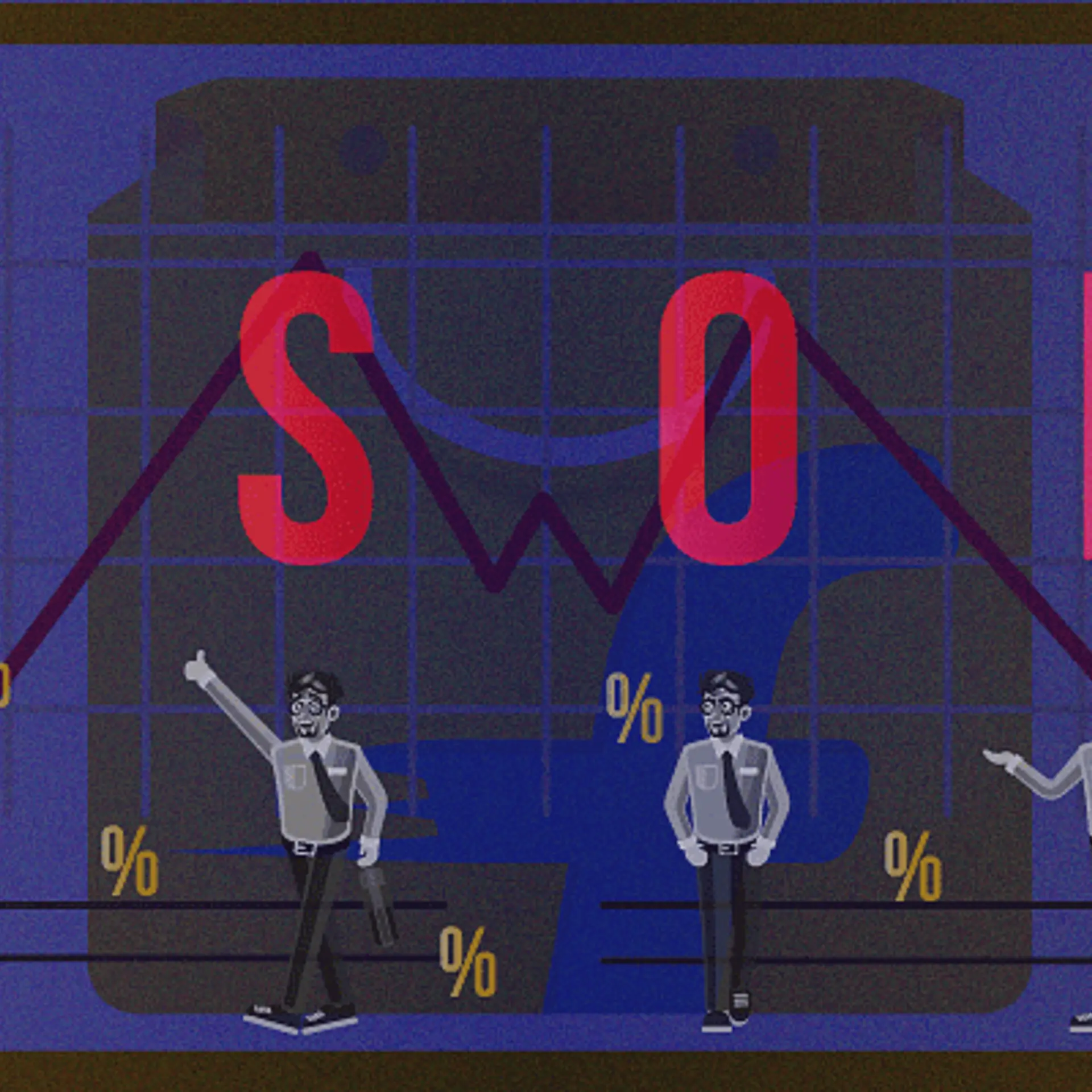Why India's P2P fintech startups should voluntarily seek “regulation”
Fintech is still a niche segment in India. While lending among peers, within family members, and community has been an age-old practice in India, the emergence of peer-to-peer (P2P) fintech firms is making it mainstream with a wider impact on household capital, thereby inviting significant venture fund flows. However, rapid innovation is increasingly pushing such services to virgin territories of regulatory laws.
The blurred lines of legality
That means "unregulated" fintech startups, knowingly or unknowingly, might be indulging in activities that may not be legal, even if no related specific laws exists. For example, China’s central bank has recently sought to crack down on P2P lending platforms (like Faircent in India) for flouting norms and fueling a speculative wave in the property market, though these companies are loosely regulated.

These P2P firms match cash from "lenders" (in real sense, investors in search of high returns) with "borrowers" online. The question is, how are they "flouting" norms? In China, a homebuyer must bring in 30 per cent as down payment for their first home and 50 per cent for their second/third homes. However, some homebuyers are financing their down payment through "unsecured" loans received from the P2P lending platforms and freeing up capital to make leveraged bets in various Chinese property markets.
Regulation is a dirty word in the startup world. The prevailing view is that regulations stifle innovation, increase the cost of doing business and have often been used in the past as a tactical, political weapon to protect the interest of traditional incumbents. While there is truth to this view, there's no denying that the financial services space is one of the most politicised and scrutinised sectors in the world.
Interpreting the numbers
While reviewing the statistics, available on P2P lending platform Faircent's website, two numbers caught my immediate attention: 1) The average interest rate is at 24.51 per cent; and 2) "debt consolidation" at 16.6 per cent forms the second largest "loan purpose". These two numbers should be enough to start ringing the alarm bells at the highest decibel level. Here's why.
"Debt consolidation" means combining several unsecured loans into a single loan. Thus, debt consolation at such a high average interest rate doesn't make much sense and should ideally imply that the platform is attracting too many low-quality borrowers, where the risk of default is too high. And when such platforms eventually gain sufficient scale to become systemically relevant, there's bound to be ramifications for the broader economy and thus prompt regulatory scrutiny.
Models and modalities
Also, “interest” income generated through such platforms are in reality "profit" from business. So, if the “lenders“ are in a business of making profit, do they require a trade license? Should there be a cap on the interest rate? Is there a way to track whether the loans received through such platforms are indeed being used for the disclosed purpose? More important, how accurately can it project future cash flows of borrowers? In money matters, past is often a poor indicator of the future.
The grey areas are aplenty. With the soured story of India's once blue-eyed microfinance institutions (MFI) still fresh in our memories, there's a need to pre-empt regulations before taking the next big move forward. MFIs were experiencing exponential growth until individual state governments stepped in to regulate the sector. What was once very loosely regulated suddenly became so overregulated (with contradicting legislations) that there was hardly any breathing space left.
Pre-empting regulations should be at the heart any expansion strategy
The Reserve Bank of India (RBI) eventually stepped in. But it was too little, too late to salvage the sector. With P2P firms gradually emerging as an “alternative” source of capital for households and small businesses, the risk of being forced to take the MFI route of survival is too high to ignore. New appropriate regulations are far less inhibiting than precipitate inappropriate legislations.
It’s not that financial regulators have done a brilliant job in the recent past. But the 2007-08 financial crisis has taught them a valuable lesson, and they have forced companies to push out compliance from the back-office to the corner-office. Also, it sounds uncanny but true, industries under regulatory scrutiny are perceived to be far more "trustworthy" than those outside. For financial services, that sentiment is even stronger.
There's a famous saying – first there's the innovator, then there's the imitator, and then there's the idiot. That's even more valid for the startup ecosystem.
(Disclaimer: The views and opinions expressed in this article are those of the author and do not necessarily reflect the views of YourStory.)







